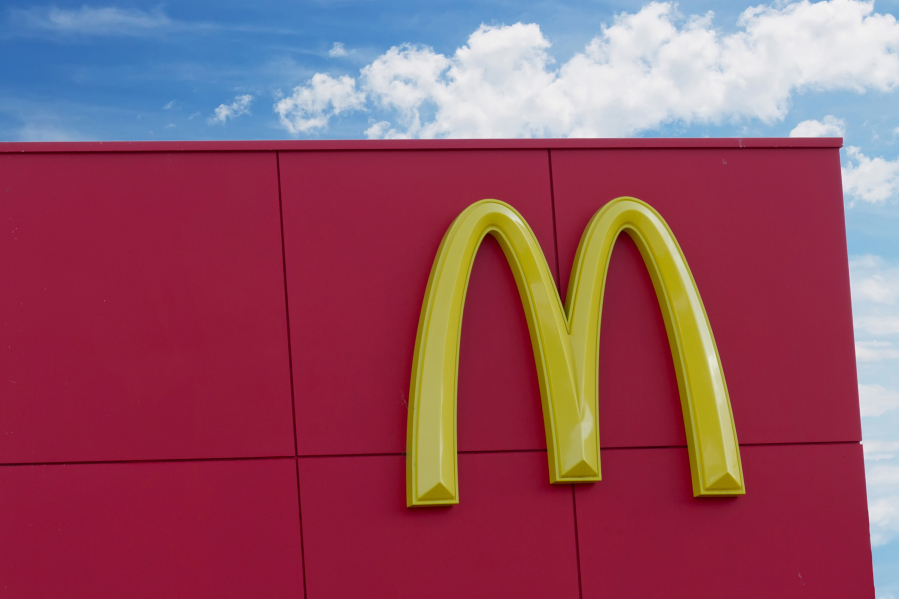Maryland resident Rhona Reiss began speaking out about gaps in the food stamp program the day she learned it wouldn’t cover rotisserie chicken. Under long-standing federal policy, benefits can’t be used to buy hot or prepared foods — even for older adults like Reiss, who is 77.
But that policy is shifting in Maryland and in states across the country. In the past two years, six states have opted in to a little-used federal program that allows older adults to use their food benefits on select, low-cost restaurant meals.
The Restaurant Meals Program, as it’s known, also covers people with disabilities and people experiencing homelessness. The program is most widely available in California and Arizona, with newer entrants such as Maryland and Illinois still ramping up their operations.
Nutrition experts and advocates say the program’s sudden growth is part of a larger push to expand access to the Supplemental Nutrition Assistance Program, known as SNAP, during the pandemic, as well as an overdue reckoning around home-cooking and federal nutrition aid. American anti-hunger policy has long assumed that the best way to feed hungry people is to encourage them to cook for themselves.



